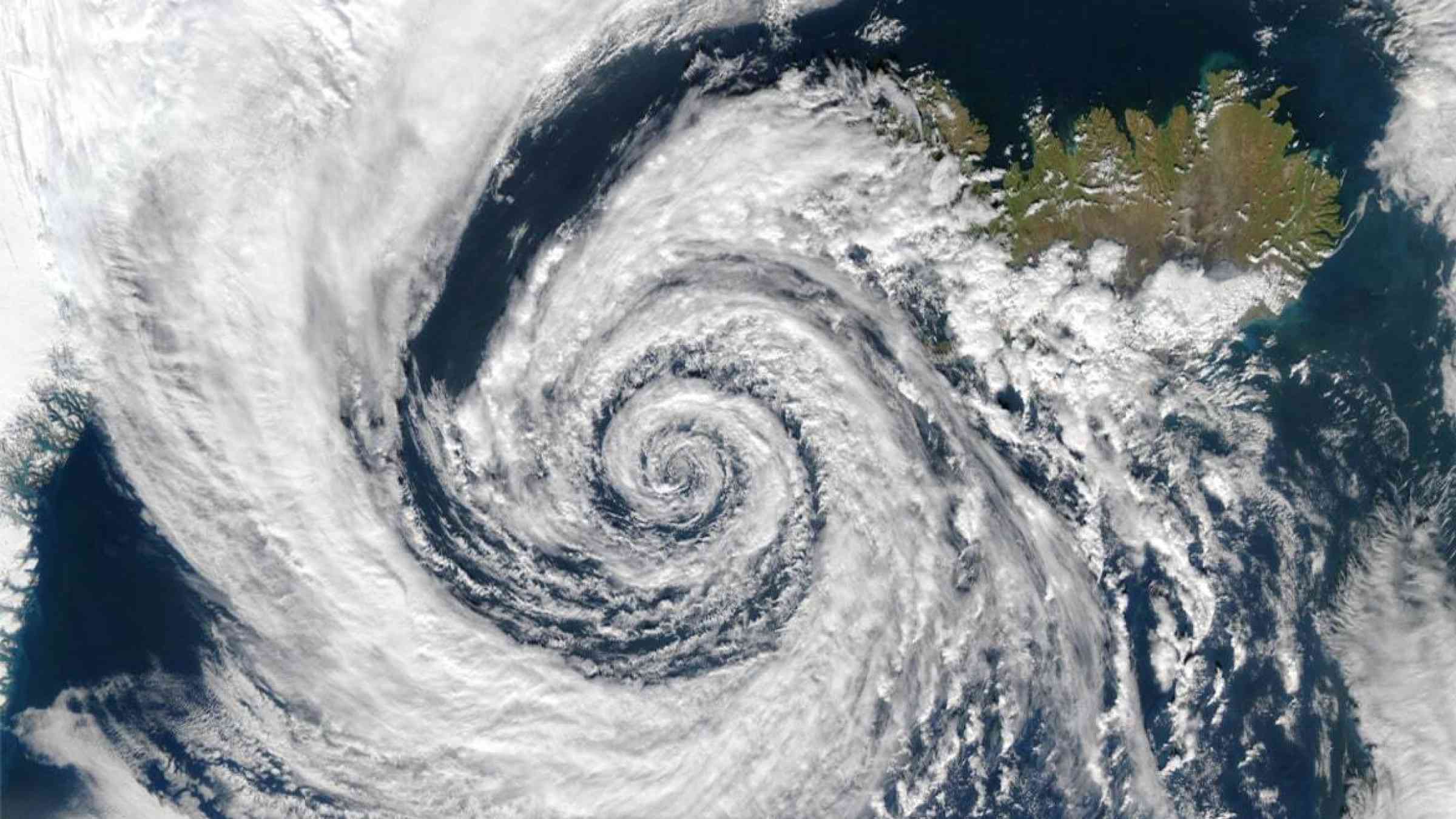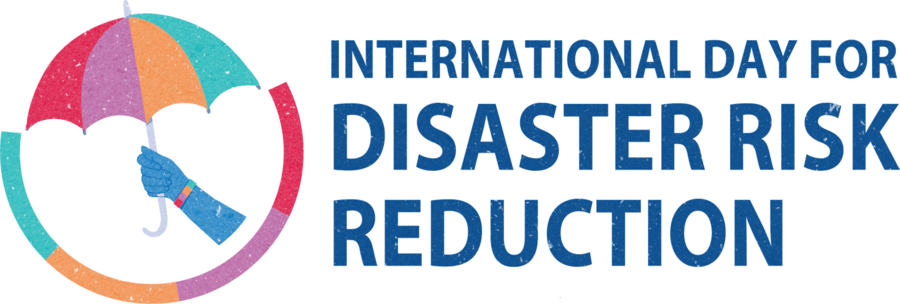Towards implementing the Sendai Framework, using water as a leverage: Reflections on occasion of the 2022 International Day for Disaster Risk Reduction

Today, 13 October 2022, is the International Day for Disaster Risk Reduction (IDDRR). The IDDRR is held every 13 October and is meant to be an opportunity to acknowledge and review the progress being made by members states toward preventing and reducing disaster risk, and achieving the internationally-agreed disaster risk reduction and sustainable development goals in localities and across multiple governance levels. However, there are still cultural and political-institutional barriers that hinder members states and their civil protection systems from enhancing DRR and resilience and achieving sustainable development in localities and across multiple governance levels (Imperiale and Vanclay, 2020a, 2021a).
The 2022 IDDRR edition is a very special opportunity to enhance understanding of how to overcome these barriers and accelerate efforts toward effective institutional, political and policy changes both at the UN and members-states level. The 2022 IDDRR takes place during the Mid-term Review of the Sendai Framework, which will conclude at a High-level Meeting of the General Assembly in May 2023 with a political declaration. Will members states use this window of opportunity to understand better what are the main cultural and political-institutional barriers to DRR and sustainable development? Will they envision and implement effective institutional, political and policy changes to overcome these barriers, and achieve internationally-agreed sustainable development goals and targets?
In my previous research blog articles, I highlighted the lessons that should be learned from the L’Aquila disaster (Imperiale, 2021), and summarized what the main cultural and political-institutional barriers to DRR, resilience and sustainable development are (Imperiale, 2020). In this research blog article, I briefly sketch how these barriers undermine members states’ efforts in accomplishing with their commitment in the 4 Priority Areas of the Sendai Framework. Finally, drawing on the sustainable water governance discourse, I suggest that, being water-related disasters the majority of the climate-related disasters that have occurred in the last two decades, enhancing sustainable water governance can be key to overcoming the barriers to DRR and sustainable development and accelerate efforts towards achieving sustainable development.
Priority Area 1: Understanding risk in all its multiple dimensions
Too often, disaster risk in localities keeps being understood only in techno-scientific terms (Imperiale and Vanclay, 2019a). Such a techno-scientific understanding of risk in localities is accompanied by various myths and misconceptions towards local communities’ actions, behavior, capacities and resilience (Imperiale and Vanclay, 2016a, 2021a). Overall, these myths and misconceptions, together with techno-scientific knowledge of risk compose the top-down, paternalistic social protection culture that still accompanies the majority of planned investments and interventions for recovery and development in localities. Such a paternalistic culture of social protection overlooks the social dimensions of disaster risk, especially how local communities’ vulnerabilities, risks, capacities and resilience influence risk in localities. It also overlooks the social risks processes (e.g. rent-seeking, elite capture, organized crime infiltration, disaster capitalism, corruption) that may undermine the social sustainability of recovery and development investment and interventions, and that contribute to exacerbate pre-disaster vulnerability and risk in localities.
Priority Area 2: Strengthening disaster risk governance to reduce disaster risk
Too often, the governance strategies that member states use to orient planned investment and interventions for recovery and development are negatively influenced by emergency powers and a command-and-control approach (Imperiale and Vanclay, 2019b). These arrangements hinder members states from enacting genuine community engagement and empowerment strategies. This undermine effective participation and community resilience-building strategies, thus creating social exclusion and further exacerbating pre-disaster vulnerability and risk in localities.
Priority Area 3: Investing in disaster reduction for resilience
The financial arrangements that are used to foster planned investments and interventions for recovery and development are often negatively influenced by a command-and-control approach to resources, knowledge, technology and responsibility for DRR, recovery and development. This leads to members states using direct assignments, no-bid contracts and derogations which exacerbate the risk of rent-seeking, elite capture, organized crime infiltration and corruption, and thus exacerbate local pre-disaster vulnerability and risk, rather than enhance DRR and resilience (Imperiale and Vanclay, 2021b). Too often, there is nothing in the financial strategy for recovery and development, that would help prevent disaster capitalism from taking hold, or social exclusion and inequity from being exacerbated, instead there often are financial arrangements that enable the elites to hijack the interventions and facilitate disaster capitalism to flourish.
Priority Area 4: Enhancing disaster preparedness for effective response, and to "Build Back Better" in recovery, rehabilitation and reconstruction
The physical planning strategy used to orient and manage planned investments and interventions in localities is often negatively influenced by a top-down approach that overlooks the needs, desires, capacities and resilience of local communities (Imperiale and Vanclay, 2020b). This approach leads to little appreciation of the social dimensions of recovery and development interventions, including how such interventions may create negative environmental and social impacts in localities, or how they may effectively recognize, engage and empower community resilience. Too often, rather than build back better more sustainable and resilient societies, recovery and development interventions exacerbate pre-disaster vulnerabilities and risks, and create a downward-spiral of public debt and second disasters in localities.
Using water as a leverage to implement effectively the Sendai Framework?
For over 20 years, reducing disaster risk and enhancing the resilience of places and people at risk have been regarded as key strategies to achieve sustainable development (IDNDR, 1994; UNDRR, 2005, 2015). Over the same period of time, 4.5 billion people were affected by the direct impacts following the occurrence of natural hazards (Wallemacq and House, 2018). Water-related disasters accounted for 73,9% of these disasters, and floods and droughts affected the largest number of people (3.5 billion).
A rapidly expanding literature (Wiek and Larson, 2012; Grey et al., 2013; Schneider and Rist, 2014; van Rijswick et al., 2014; Pahl-Wostl, 2017, 2019; Pahl-Wostl et al., 2020) has outlined that good understanding of water-related risk in localities and sustainable water governance can greatly contribute to enhancing DRR and resilience. Implementing multi-level, cross-scalar sustainable water governance can be considered a key leverage to enhance DRR and resilience and achieve sustainable development (van Rijswick et al., 2014; Gerlak et al., 2021).
The UN 2023 Water Conference being held in March 2023 in New York is a watershed moment to further foster members states commitment towards sustainable water governance and management. The increase of climate-related disasters, especially of extreme weather events and water-related disasters, and the disastrous consequences of the COVID-19 syndemic (i.e. synergistic epidemic) have now made overcoming the cultural and political-institutional barriers described above more urgent than ever. Understanding in the context of the UN2023 Water Conference what institutional, political and policy change strategies are needed to accelerate efforts towards enhancing sustainable water governance and overcoming the barriers to DRR, resilience and sustainable development will be crucial to meet the 2030 Agenda, leave no one behind and ensure a more resilient and sustainable future for all.
